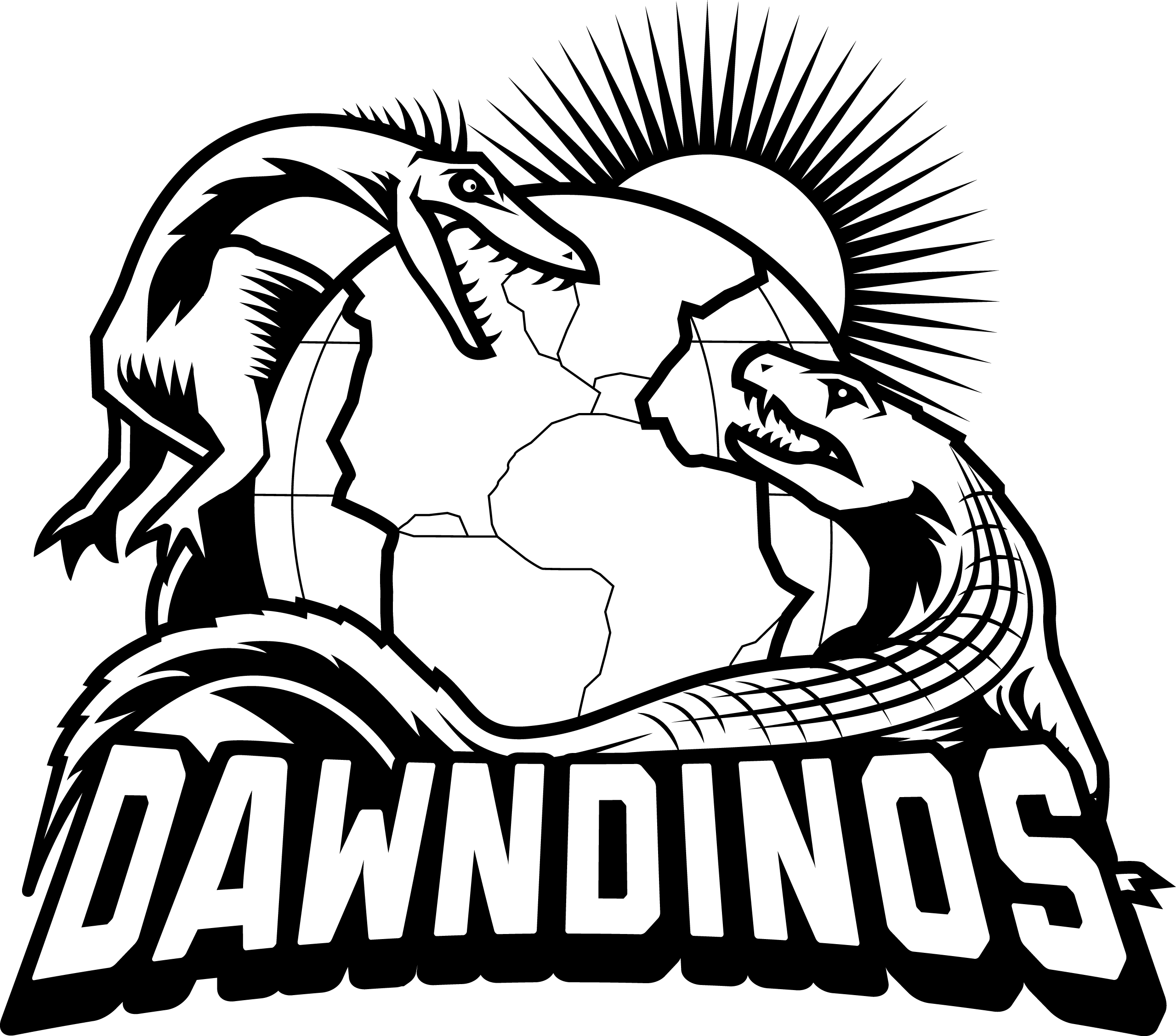PhD, BS

John is a biologist originally from the USA who now resides in the UK as a dual citizen, and a Professor of Evolutionary Biomechanics at The Royal Veterinary College in the Structure & Motion Laboratory. He received his BS degree in Zoology at the University of Wisconsin in 1993, then obtained his PhD in Integrative Biology at the University of California with Kevin Padian in 2001, and rounded out his training with a two-year National Science Foundation bioinformatics Post Doc at the Biomechanical Engineering Division of Stanford University with Scott Delp. John started at the RVC as a Lecturer in Evolutionary Biomechanics in 2003 in the Department of Veterinary Basic Sciences (now Comparative Biomedical Sciences) and was promoted to Reader in 2008, then Professor in 2011.
His interests are in the evolutionary biomechanics of locomotion, especially in large terrestrial vertebrates. John has studied birds, extinct dinosaurs and their relatives, elephants, and crocodiles and looks at how locomotion works in individual species in order to reconstruct how locomotion has evolved across vast phylogenetic spans. In particular he’s interested in how body size influences locomotor abilities and how anatomy and function are related (or not). John has worked with a wide range of land vertebrates, and uses as many techniques as his team can muster. Dinosaurs (including birds), elephants, crocodiles, early tetrapods and more species have been favourite subjects of his research.
John is an Associate Editor for Proceedings of the Royal Society B (Biological Sciences) and the open access journal PeerJ. From 2012-2013 he was a Senior Research Fellow funded by the Royal Society Leverhulme Trust. John won the Society for Vertebrate Paleontology’s Romer Prize (2000), and was elected Fellow of the Linnean Society and Society of Biology, and was awarded the Charles Darwin lecture at the British Science Festival in 2012 as well as the RCVS Share Jones Lecture in Veterinary Anatomy in 2011. He is active on social media for science communication, including Twitter and his team’s “anatomy-celebrating” blogs at https://whatsinjohnsfreezer.com and https://anatomytoyou.com/. You can also find him in various science/nature documentaries (about 13 episodes aired to date).

